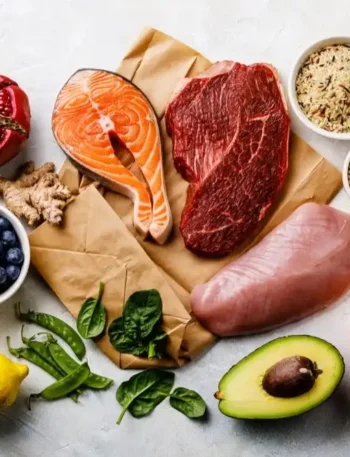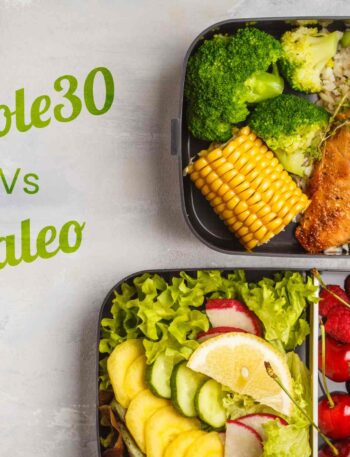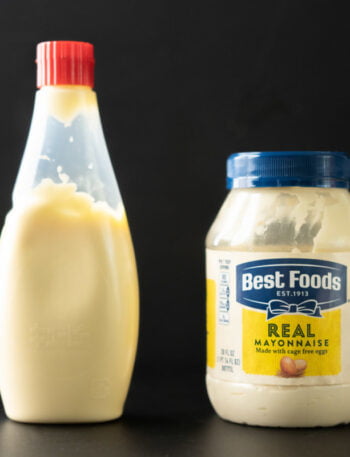
Imagine your morning coffee. A quick pour, and you’re off to start the day. But have you ever wondered how much environmental damage that cup of joe may have caused before it even reached your kitchen? From deforestation to greenhouse gas emissions, food production has been a massive driver of environmental degradation.
But change is brewing — pun intended. The food industry, long scrutinized for its impact on the planet, is evolving, embracing new methods and technologies to tread more lightly.
The Growing Appetite for Sustainability
Let’s face it: we’re all hungry for something more sustainable. Consumers are increasingly demanding transparency from companies about where their food comes from and how it’s made. People care if their avocados traveled halfway around the world, burning tons of fuel in the process.
The food industry, not blind to this shift, is responding by rethinking its supply chains and adopting greener methods.
One way companies are cutting back on environmental harm is by sourcing ingredients locally. It’s more than just a trendy label for upscale eateries.
Local sourcing significantly reduces the carbon footprint by slashing transportation emissions. And hey, supporting local farmers doesn’t just feel good — it does good, for both the planet and the community.
Technology to the Rescue
Let’s throw in some tech magic. Agricultural innovations like precision farming are gaining ground. Imagine using drones, sensors, and AI-driven tools to monitor crop health, track water use, and optimize fertilizer application.
With these tools, farmers can boost yields while reducing waste. It’s like giving Mother Nature a tech upgrade without all the nasty side effects of over-farming or chemical runoff.
Also, lab-grown meat is no longer a far-off, sci-fi fantasy. Companies are making serious strides in producing cell-based meat, which could radically slash the environmental toll of traditional livestock farming.
Growing a steak in a lab instead of raising a cow might sound weird, but when you consider the massive reduction in land use, water consumption, and methane emissions, it starts to make a whole lot of sense.
The Circular Economy: Reducing, Reusing, and Repurposing
Picture this: the food industry as a giant puzzle, with every piece interconnected. That’s the circular economy model in a nutshell. Rather than a “take, make, dispose” approach, companies are starting to see value in every part of the production process — sometimes in unexpected places.
Think about the byproducts of making beer — spent grains. They’re not tossed; instead, they’re transformed into animal feed, biofuels, or even flour for baking. Waste not, want not.
This model is making headway in reducing food waste, which is an absurdly huge issue. About one-third of all food produced globally is wasted. By using food waste to create energy or even packaging, companies are turning potential losses into valuable resources.
Plant-Based and Eco-Friendly Products
It’s impossible to talk about the food industry’s environmental shift without mentioning the explosion of plant-based alternatives. Whether it’s a plant-based burger or oat milk, people are reaching for eco-friendly options. The logic is simple: producing plant-based foods generally requires fewer resources than animal-based ones.
And it’s not just niche companies getting in on the action. Major fast-food chains are putting plant-based options on the menu, responding to both environmental concerns and a growing number of flexitarians — people who aren’t going full vegetarian but are cutting back on meat.
Water, Water, Everywhere… But Not Enough to Drink
Water is the lifeblood of food production, and the industry is starting to treat it like the precious resource it is. Traditional farming methods guzzle up ridiculous amounts of water.
But newer approaches like hydroponics, where crops are grown in nutrient-rich water instead of soil, drastically reduce water use. This technique, along with innovations in irrigation, ensures crops get just the right amount of water — no more, no less. It’s like turning farming into a science of precision.
What’s Next?
This push for sustainability isn’t slowing down. More companies are committing to net-zero emissions, while consumers are becoming savvier about the choices they make. But this isn’t a switch that gets flipped overnight.
Real change is more like a slow burn, and while the industry has a long way to go, progress is undeniable.
Picture a future where every product on the grocery shelf has been made with the least possible harm to the environment, where lab-grown meat is the norm, and packaging is compostable.
That’s the future we’re aiming for. It might take time, but with the pace of innovation and growing pressure from eco-conscious consumers, we’re getting there.
In the meantime, next time you grab that morning coffee, maybe choose the one with a smaller footprint. After all, small changes — both in what we buy and how it’s produced — can lead to a more sustainable future for all of us.










It’s encouraging to see how the food industry is responding to the call for sustainability. Local sourcing in particular feels like a win-win — it cuts emissions and supports nearby farmers, which strengthens communities as well.